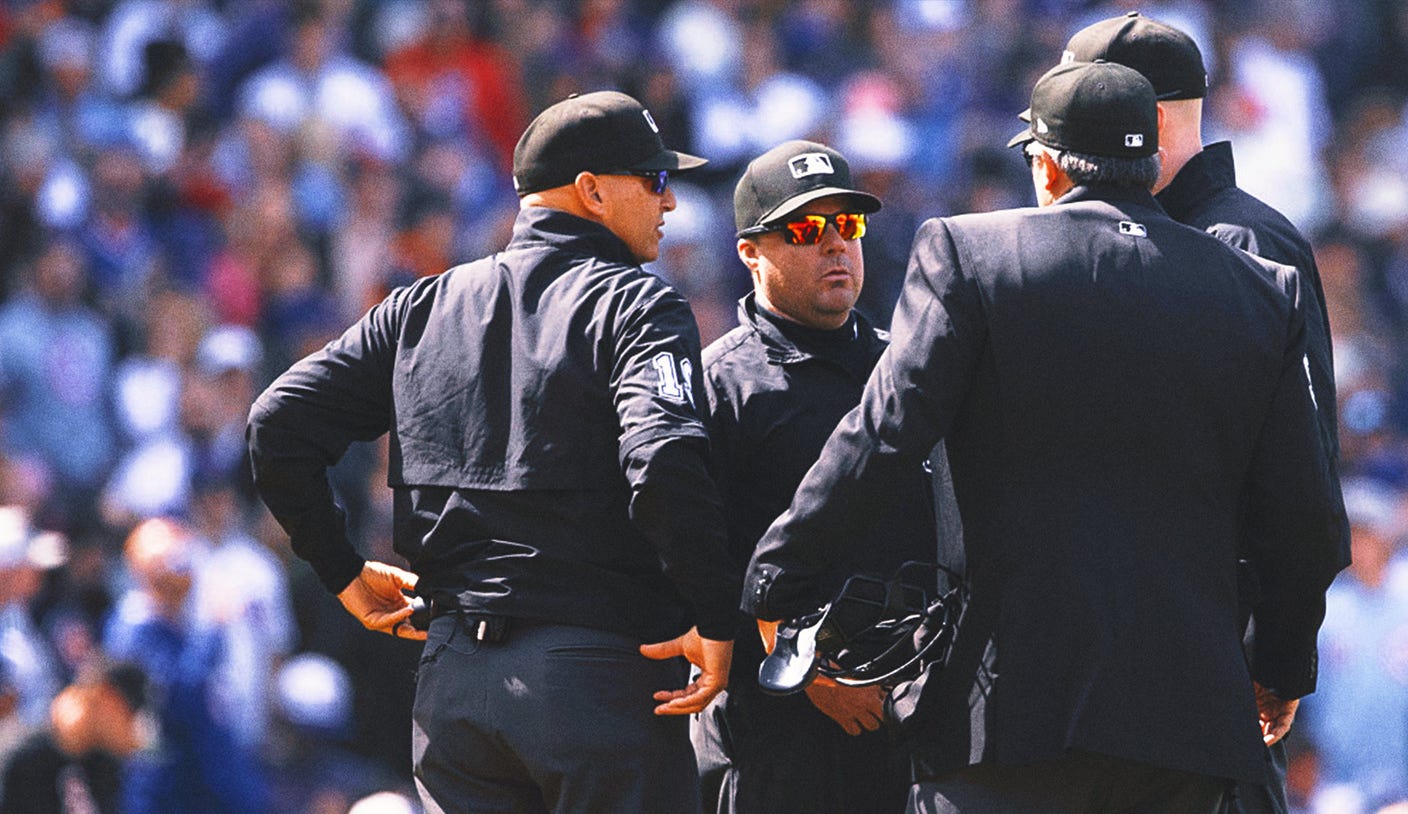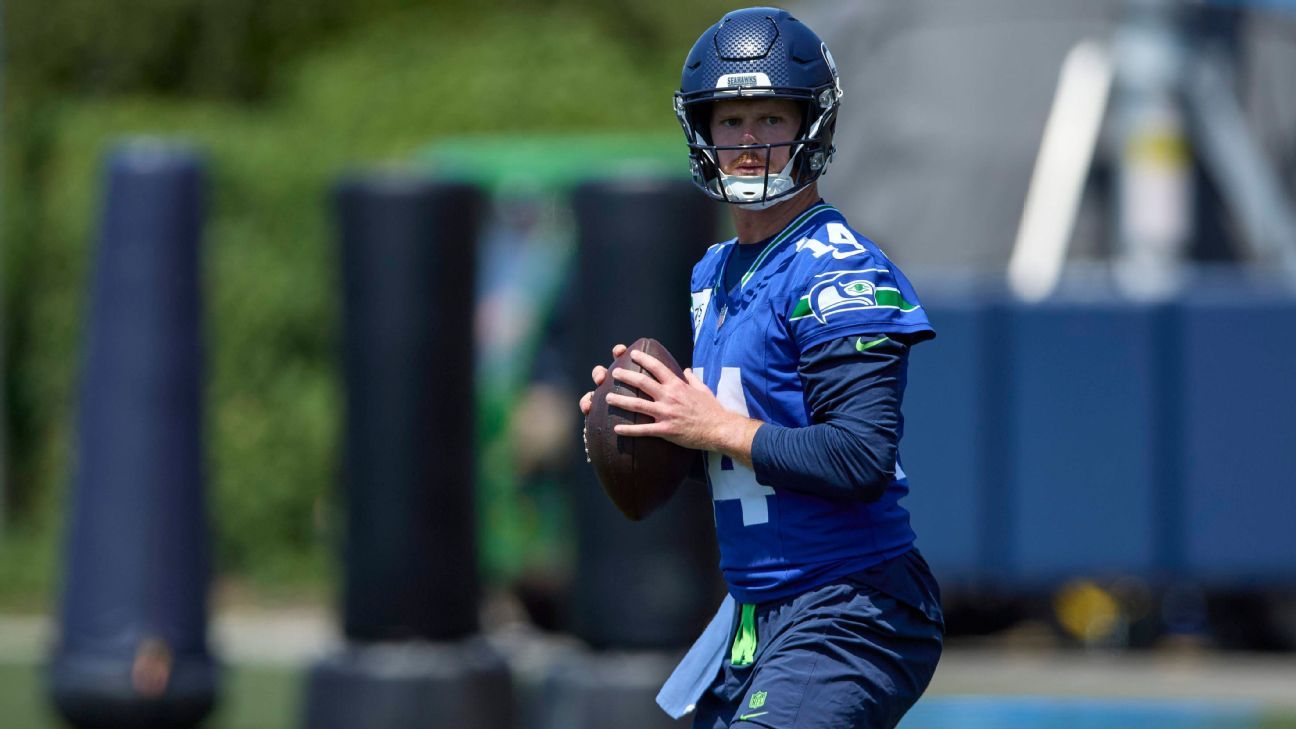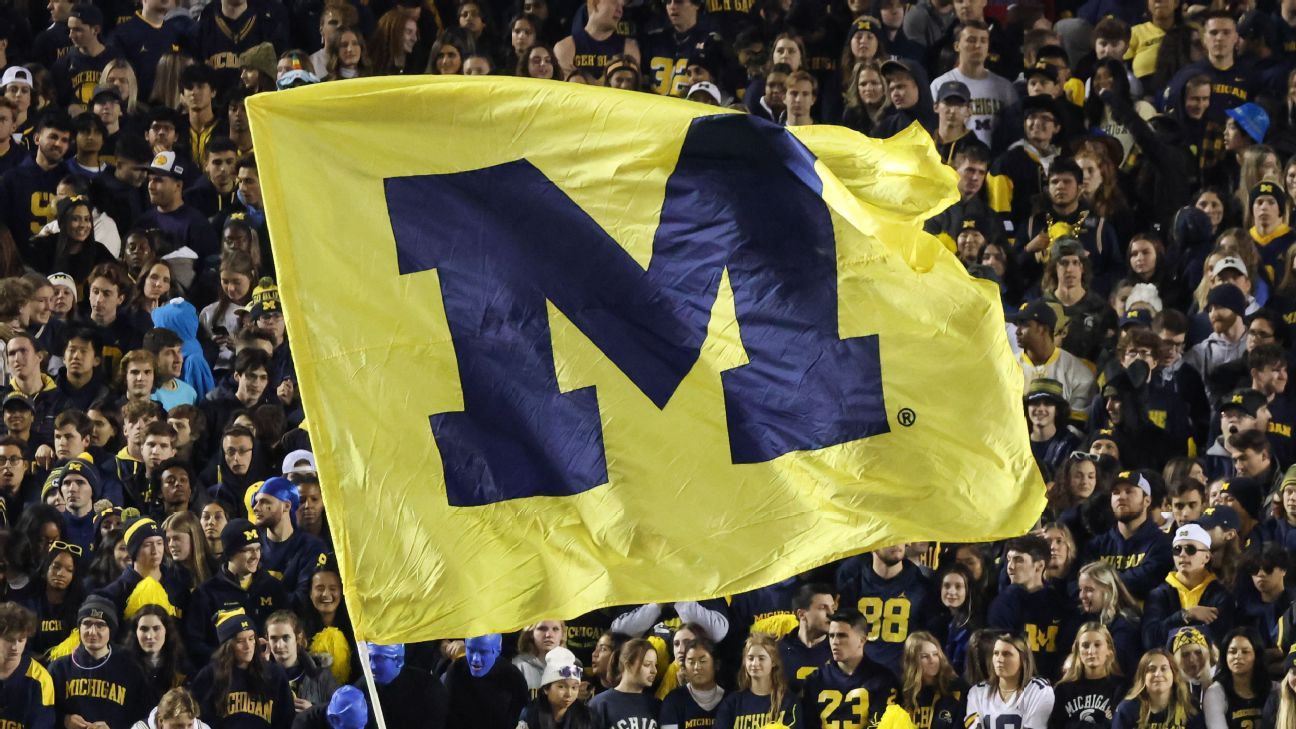Automated Ball-Strike System: MLB's 2026 Plan To Improve Accuracy

Welcome to your ultimate source for breaking news, trending updates, and in-depth stories from around the world. Whether it's politics, technology, entertainment, sports, or lifestyle, we bring you real-time updates that keep you informed and ahead of the curve.
Our team works tirelessly to ensure you never miss a moment. From the latest developments in global events to the most talked-about topics on social media, our news platform is designed to deliver accurate and timely information, all in one place.
Stay in the know and join thousands of readers who trust us for reliable, up-to-date content. Explore our expertly curated articles and dive deeper into the stories that matter to you. Visit Best Website now and be part of the conversation. Don't miss out on the headlines that shape our world!
Table of Contents
Automated Ball-Strike System: MLB's 2026 Plan to Improve Accuracy and Speed Up the Game
Major League Baseball (MLB) is gearing up for a significant technological shift, aiming to revolutionize the accuracy and efficiency of umpiring with the planned implementation of an Automated Ball-Strike (ABS) system by 2026. This ambitious project promises to address long-standing concerns about human error in calling balls and strikes, potentially impacting gameplay, fan experience, and the very fabric of baseball itself.
The current system relies on the judgment of human umpires, a process inherently susceptible to inconsistency and controversy. Close calls, often pivotal moments in a game, frequently spark debates among players, coaches, and fans alike. The introduction of an ABS aims to minimize these disagreements, fostering a more transparent and arguably fairer game.
How Will the Automated Ball-Strike System Work?
While the specifics are still being finalized, the ABS system is expected to utilize advanced tracking technology, likely incorporating high-speed cameras and sophisticated algorithms to precisely determine the location of each pitch relative to the strike zone. This technology is already being tested in minor leagues and independent baseball leagues, providing valuable data and refining the system's accuracy before its major league debut. The goal is a system that’s not just accurate, but also fast enough to integrate seamlessly into the flow of the game, minimizing delays.
Addressing Concerns and Potential Challenges
The transition to an automated system isn't without its challenges. Concerns regarding the potential for technological glitches, the need for robust and reliable infrastructure, and the overall cost of implementation are significant factors. Additionally, preserving the human element of the game – the drama and excitement often generated by controversial calls – is a delicate balancing act. MLB will need to address these concerns transparently and effectively to gain the support of players, umpires, and fans.
- Accuracy and Reliability: The system's success hinges on its ability to consistently provide accurate and reliable calls. Rigorous testing and refinement are crucial to ensure minimal errors.
- Integration and Speed: Seamless integration into the existing game infrastructure and maintaining a fast pace of play are essential to avoid disrupting the rhythm of baseball.
- Umpire Training and Roles: The role of umpires may evolve, perhaps shifting towards overseeing the technology and making judgment calls in situations where the ABS may be inconclusive. Retraining and adaptation will be necessary.
- Fan Acceptance: Gaining the acceptance and understanding of fans is crucial for a smooth transition. Transparency and clear communication about the system's capabilities and limitations will be key.
The Potential Benefits of an Automated Ball-Strike System
Despite the challenges, the potential benefits of the ABS are significant. Beyond improved accuracy, the system could:
- Increase Pace of Play: Faster calls could contribute to a quicker game, potentially enhancing viewer engagement.
- Reduce Arguments and Disputes: Fewer questionable calls could lead to fewer on-field arguments, improving the overall atmosphere.
- Enhance Fan Experience: A more transparent and consistent officiating process could increase fan confidence in the integrity of the game.
- Improve Statistical Analysis: More precise data on pitch location could lead to more insightful statistical analysis and strategic decision-making.
The MLB's 2026 deadline for implementing the ABS represents a bold step towards modernizing baseball. While challenges remain, the potential for a fairer, faster, and more engaging game is undeniably compelling. The coming years will be critical in fine-tuning the technology and addressing public concerns to ensure a successful transition to this groundbreaking era of automated officiating. We will continue to update you as more information becomes available. Stay tuned for further developments.

Thank you for visiting our website, your trusted source for the latest updates and in-depth coverage on Automated Ball-Strike System: MLB's 2026 Plan To Improve Accuracy. We're committed to keeping you informed with timely and accurate information to meet your curiosity and needs.
If you have any questions, suggestions, or feedback, we'd love to hear from you. Your insights are valuable to us and help us improve to serve you better. Feel free to reach out through our contact page.
Don't forget to bookmark our website and check back regularly for the latest headlines and trending topics. See you next time, and thank you for being part of our growing community!
Featured Posts
-
 Seahawks Defensive Coordinator Rejects Claims Sam Darnold Wont Start
Jun 06, 2025
Seahawks Defensive Coordinator Rejects Claims Sam Darnold Wont Start
Jun 06, 2025 -
 No Disciplinary Action Expected For Boston Police Officer Following Read Trial
Jun 06, 2025
No Disciplinary Action Expected For Boston Police Officer Following Read Trial
Jun 06, 2025 -
 Dallas Stars Future Impact Of The Recent Coaching Change
Jun 06, 2025
Dallas Stars Future Impact Of The Recent Coaching Change
Jun 06, 2025 -
 Son Of Wolverine Legend Charles Woodson Jr Commits To Michigan
Jun 06, 2025
Son Of Wolverine Legend Charles Woodson Jr Commits To Michigan
Jun 06, 2025 -
 Exclusive Goggins And Wood Confront Feud Rumors In Raw Emotional Interview
Jun 06, 2025
Exclusive Goggins And Wood Confront Feud Rumors In Raw Emotional Interview
Jun 06, 2025
